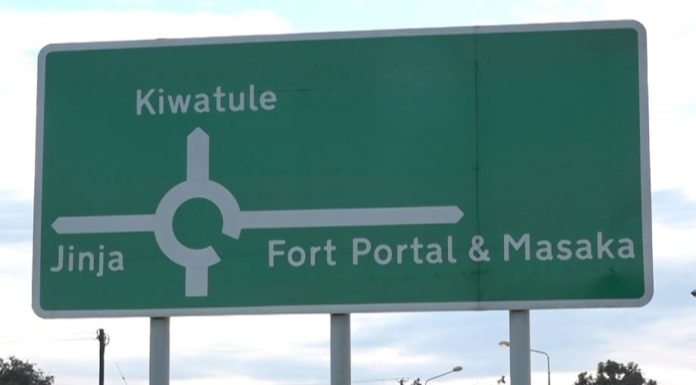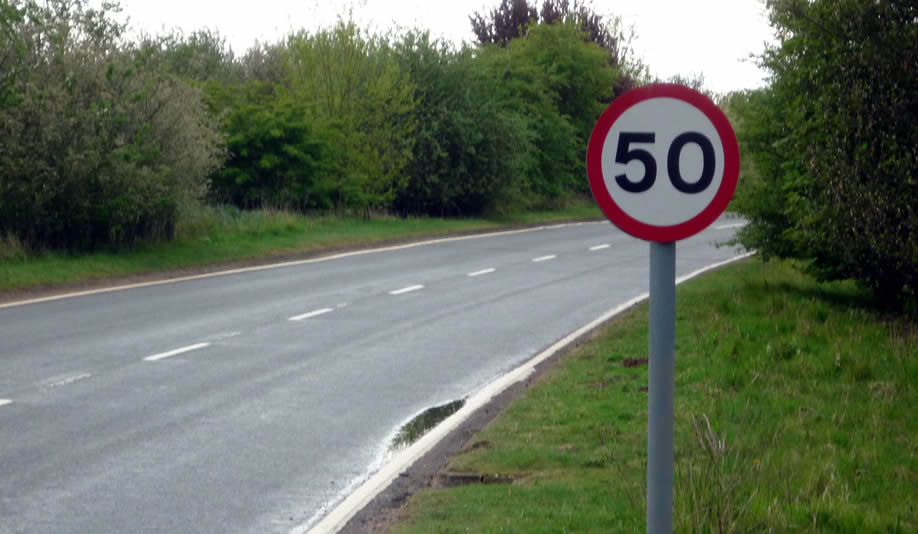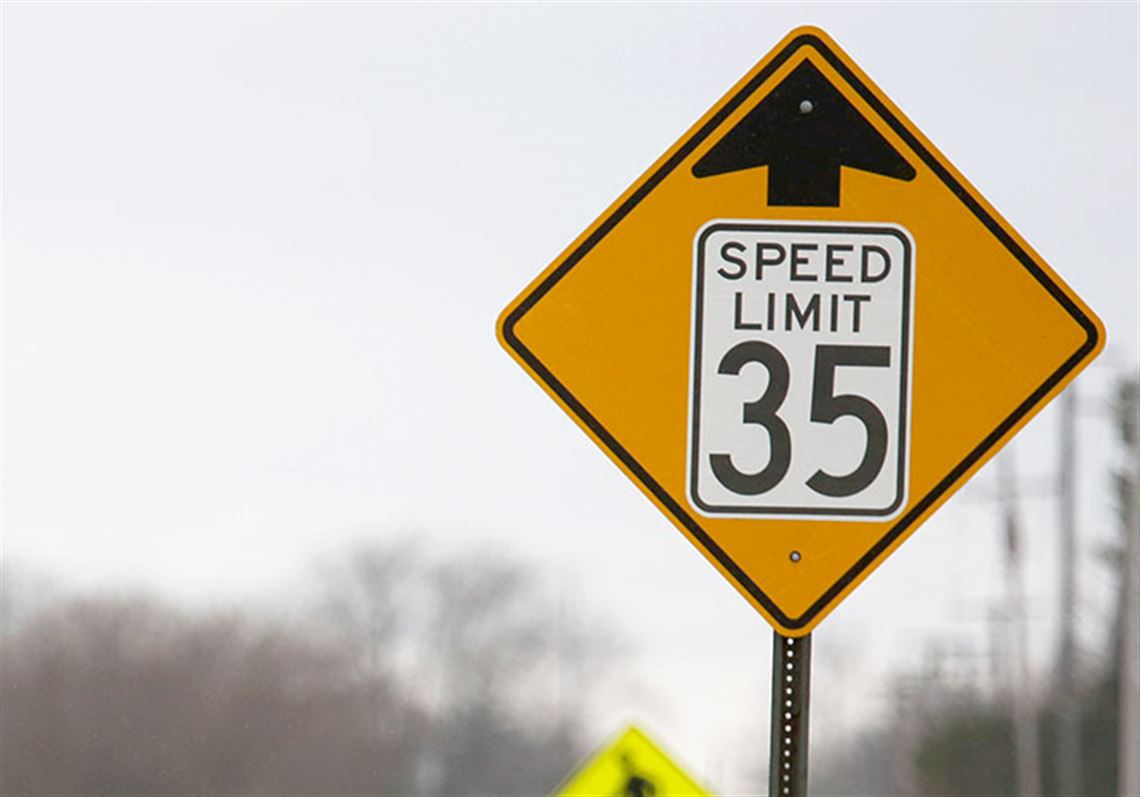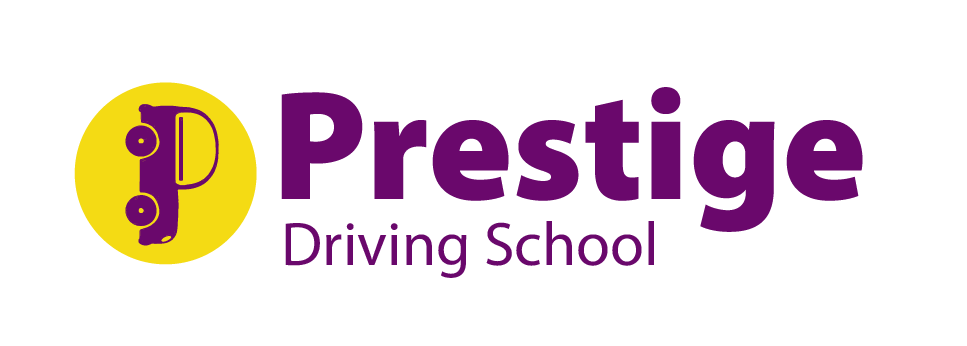Introduction
Road signs are a fundamental part of Uganda’s traffic control system. They ensure the safe, orderly, and predictable movement of vehicles and pedestrians by providing essential information, warnings, and instructions. Every driver—whether learner or experienced—must be familiar with the meanings, shapes, and implications of these signs to operate safely and within the law.
“Drive like everyone’s life depends on it – because it does” — Unknown
This is a common and memorable slogan that acts as a directive for drivers. It directly links a slower speed and taking your time to a safer and longer life.
Table of Contents
This comprehensive guide breaks down the most common road signs in Uganda, categorized by function: regulatory, warning, informational, and mandatory/prohibitory signs. Each section includes detailed explanations to help learners and/or new drivers build a strong foundation in road sign interpretation.
The 4 Most common road signs in Uganda for every road user
1. Regulatory Signs – Rules you must follow
Regulatory signs provide legally binding instructions that dictate what road users must or must not do. They are often used to enforce traffic laws such as stopping, yielding, speed limits, and access restrictions. Ignoring these signs can result in fines, traffic violations, or accidents.

Key Characteristics:
- Shape: They are typically circular in shape.
- Colors: They have red borders for prohibitions, blue for mandatory instructions, and white for general regulatory signs.
- Placement: They are usually found at intersections, entry/exit points, or anywhere specific traffic rules apply.
Examples of regulatory road signs include:
1. Stop Sign [Octagonal, Red with White Text]:
- Requires a full stop at the marked stop line or before entering an intersection.
- Used where visibility is limited or where crossing traffic does not have to stop.
- Drivers must yield to all other traffic and pedestrians before proceeding.
2. Give Way Sign [Inverted Triangle, Red Border, White Center]:
- Instructs drivers to slow down and yield to traffic on the main road.
- Common at T-junctions or roundabouts where the right of way is not automatic.
- Failing to give way can lead to right-of-way violations and potential collisions.
3. No Entry Sign [Red Circle with Horizontal White Bar]:
- Prohibits all vehicles from entering a restricted road or lane.
- Typically used at one-way exits, private roads, or emergency access routes.
- Drivers who ignore this sign may cause head-on collisions with oncoming traffic.
4. Speed Limit Sign [Number inside a Red Circle, e.g., “50”]:
- Indicates the maximum legal speed in kilometers per hour (km/h).
- Enforced in urban areas, school zones, highways, or construction sites.
- Exceeding speed limits can result in fines, points on your license, or worse accidents due to lack of control.
5. No Parking / No Stopping Signs
- These signs indicate zones where parking or stopping is restricted or completely prohibited.
- Often seen in busy urban centers, near intersections, hospitals, or loading zones.
- Ignoring them may lead to towing or fines, especially in congested areas.
Instructional Note: It is advisable to always look for regulatory signs at the start of new roads or traffic zones. They dictate immediate actions and should never be overlooked.
Watch video:
2. Warning Signs – Alerting drivers to potential hazards
Warning signs are designed to draw attention to potential dangers or changes in road conditions ahead. Their primary role is to help drivers anticipate hazards and adjust their driving behavior accordingly.
Key Characteristics:
- Shape: They are usually in equilateral triangle shape.
- Colors: They have red border with a white or yellow background and black symbols
- Placement: They are positioned well before the hazard or condition it describes.

Examples of warning road signs include:
Sharp Bend Ahead [Left or Right]:
- Warns of a sudden curve in the road that may not be visible from a distance.
- Requires slowing down to maintain vehicle control through the bend.
- Essential for high-speed or rural roads where bends can be dangerous.
Pedestrian Crossing:
- Alerts drivers to an upcoming designated pedestrian crossing zone.
- Common in residential areas, school zones, and town centers.
- Drivers should be prepared to stop for pedestrians and exercise extra caution.
Slippery Surface:
- Indicates that the road surface ahead may be slippery, often due to rain, oil, or loose gravel.
- Drivers should reduce speed and avoid sudden braking or sharp turns.
- Especially important on winding roads and slopes.
Children Crossing:
- Signifies areas where children are likely to cross the road, especially near schools, parks, or playgrounds.
- Drivers must slow down and maintain a high level of alertness, particularly during school hours.
Speed Bumps Ahead:
- Informs drivers of speed-reducing bumps on the road surface.
- Intended to slow traffic in high pedestrian areas or near residential zones.
- Failing to reduce speed can damage the vehicle and increase the risk of losing control.
Instructional Note: Warning signs are preventive tools. Identifying them early allows drivers to make safer decisions and avoid sudden maneuvers.
3. Informational Signs – Providing guidance and location Information
Informational signs supply road users with navigational assistance, location-based information, or directions to facilities and services. Unlike regulatory or warning signs, these do not enforce rules but support decision-making while on the road.
Key Characteristics:
- Shape: They are usually in rectangular shape.
- Colors: Blue, green, or white backgrounds with black or white text/icons.
- Placement: Near service areas, towns, intersections, or highway exits.

Examples of informational road signs include:
Hospital Ahead:
- Indicates the presence of a medical facility or hospital nearby.
- Helps drivers locate emergency services when needed.
- May include additional symbols like a red cross or “H”.
Fuel Station / Petrol Station:
- Alerts drivers to available fuel services, often with distance indicators.
- Essential on long-distance routes or highways where services are sparse.
- May include icons for diesel, air, or restrooms.
Rest Area / Parking Zone:
- Designates an area where vehicles may safely park or rest.
- Common along highways and near transport hubs.
- Important for long-distance drivers to avoid fatigue.
Direction Signs [Place Names with Arrows]:
- Offer navigation instructions by pointing toward towns, cities, landmarks, or roads.
- Found at intersections, roundabouts, and highway exits.
- May include road numbers or distances to the destination.
Instructional Note: Understanding informational signs improves navigation and reduces dependence on mobile GPS, especially in areas with weak signal coverage.
4. Prohibitory and Mandatory Signs – Clarifying what must not or must be done
These two categories fall under the regulatory family but carry a unique distinction: prohibitory signs restrict actions, while mandatory signs require them.

a) Prohibitory Signs (Red Circle with Symbol)
These signs indicate specific actions that are not allowed, either for safety, traffic management, or legal reasons.
Examples include:
No U-Turn:
- U-turns are not permitted at that location, often due to visibility or traffic volume.
- Common near junctions or busy roads where turning would endanger others.
No Overtaking:
- Indicates that overtaking is prohibited, usually in areas with limited sight distance, sharp turns, or oncoming traffic hazards.
- Designed to reduce head-on collisions and maintain lane discipline.
b) Mandatory Signs (Blue Circle with Symbol)
Mandatory signs tell drivers what must be done, directing traffic in a specific manner to improve flow and safety.
Examples include:
Keep Left / Keep Right:
- Instructs drivers to pass an obstruction or island on the indicated side.
- Often used on divided roads, construction zones, or traffic islands.
Turn Left / Right Only:
- Requires vehicles to turn in the specified direction—no other movement is allowed.
- Enforced at controlled intersections and exit ramps.
Instructional Note: These signs have legal consequences. Violating prohibitory or mandatory signs can result in fines, accidents, or loss of license points.
The role of road signs in road safety for every road user

Understanding road signs is not optional, it’s a core requirement for all drivers. Uganda’s traffic laws, administered by the Uganda Police Force – Traffic Division, require drivers to demonstrate knowledge of road signs during driving exams and on the road.
However, failure to comply with these road signs accordingly can lead to regrettable consequences which include the following:
- Traffic fines and citations
- Vehicle impoundment
- Accumulation of penalty points
- Risk of collisions and injury
- Suspension or denial of a driver’s license
How Prestige Driving School supports learners

At Prestige Driving School, we integrate road sign education into every level of our training programs. Our approach includes:
- Visual learning tools with road sign illustrations
- Real-world driving simulations and field training
- Theory test preparation modules
- Regular assessments and instructor-led reviews
This ensures that students not only memorize road signs but understand their context, importance, and application.
Conclusion
Mastering the use of road signs is one of the most important steps in becoming a competent and law-abiding driver in Uganda. These signs are not mere formalities, they are essential instruments for road safety, efficiency, and legal compliance.
For learners, road signs are foundational knowledge. For experienced drivers, they are a constant reference for correct behavior. Whether you’re new to driving or seeking to update your skills, a comprehensive understanding of road signs is essential.
For enrolment inquiries or more information about our certified training programs, contact us or your nearest branch.



